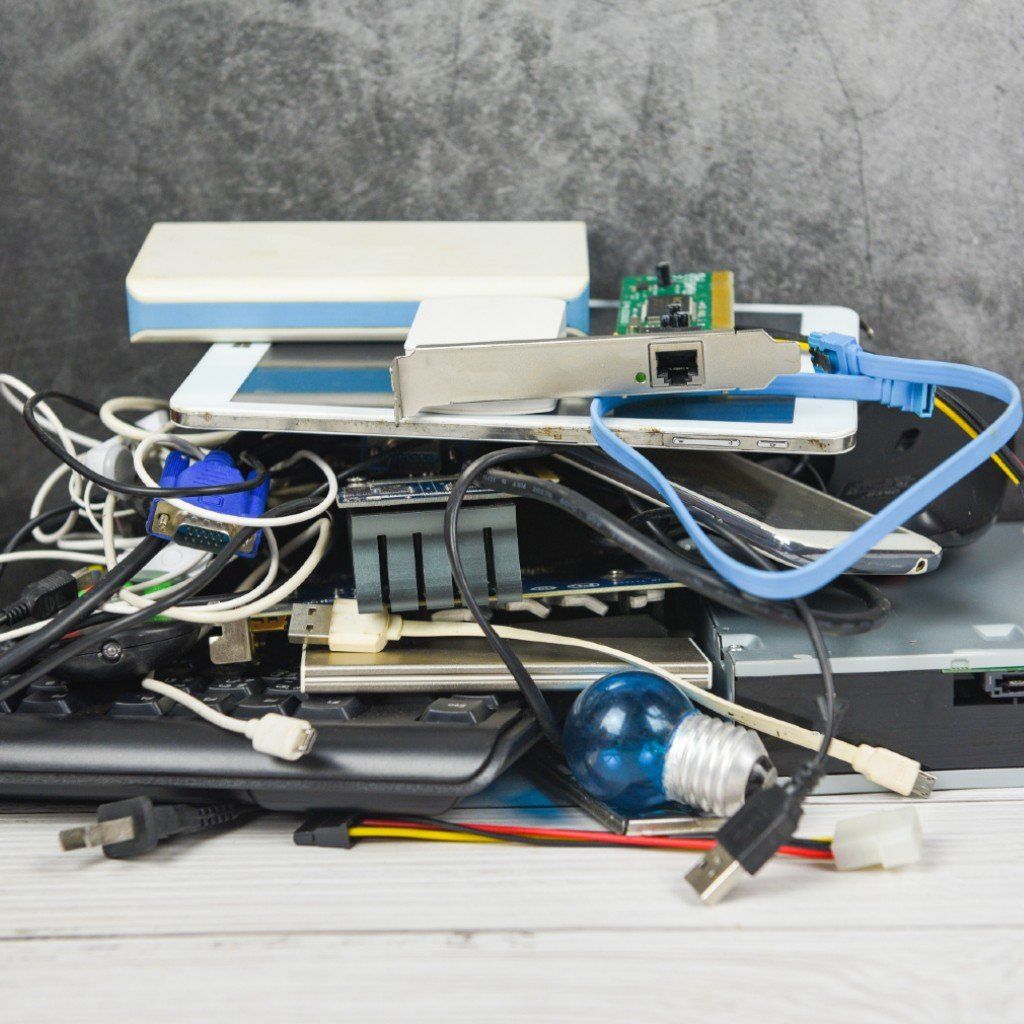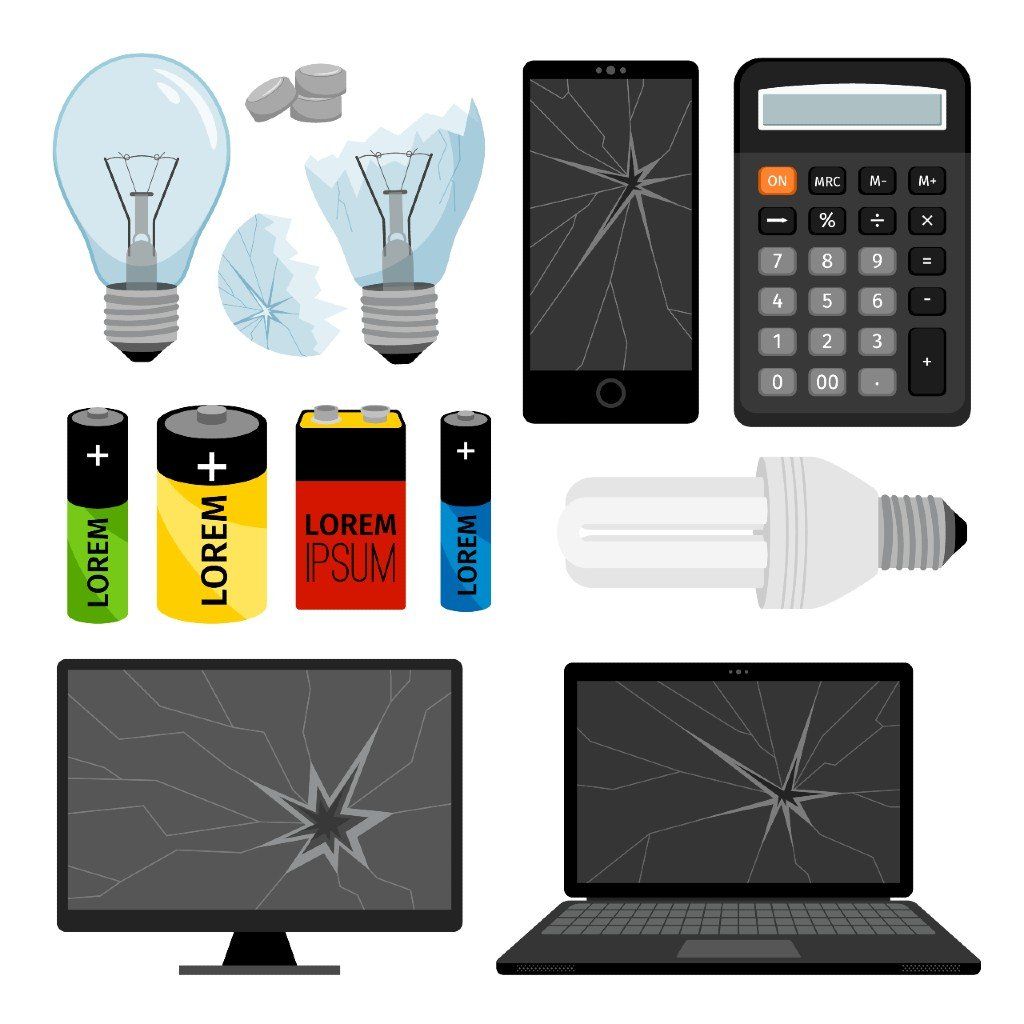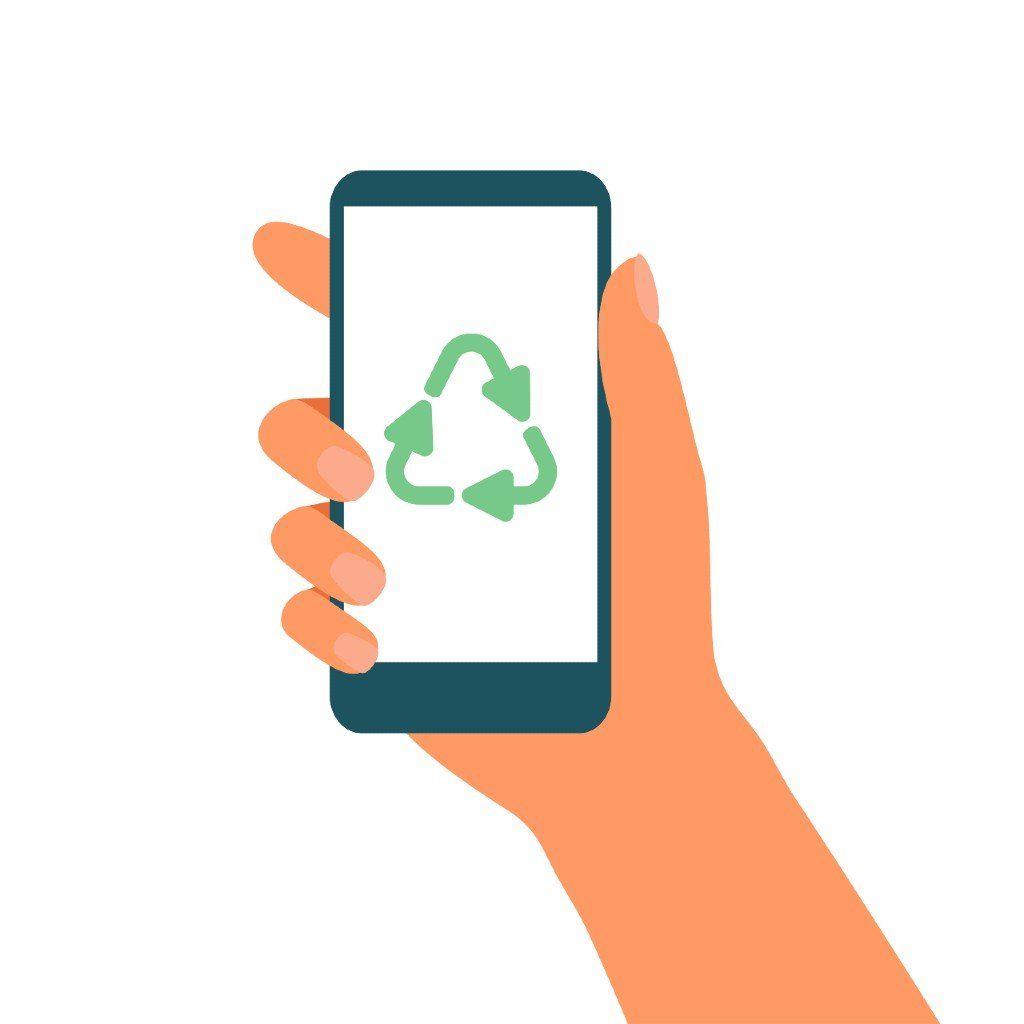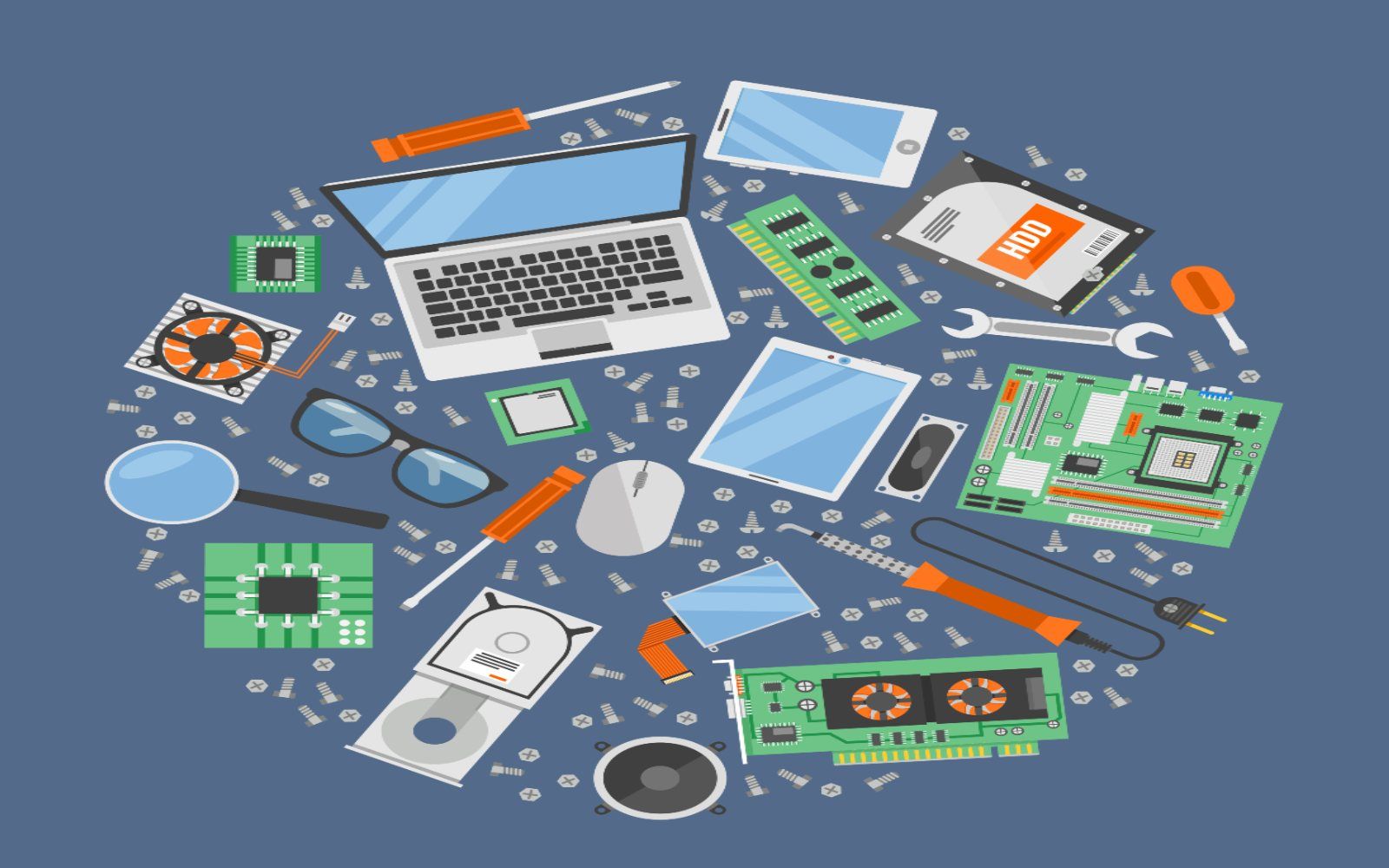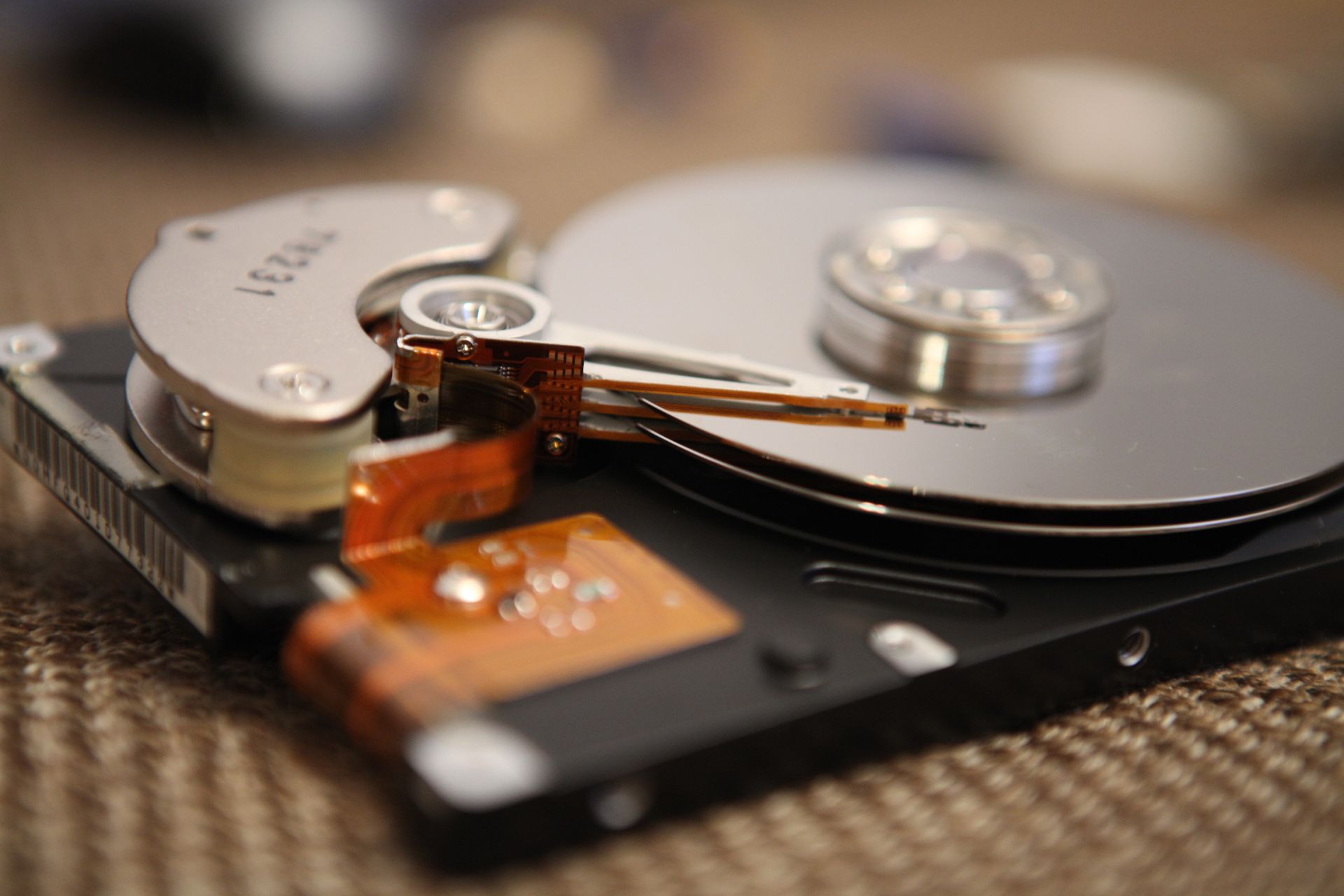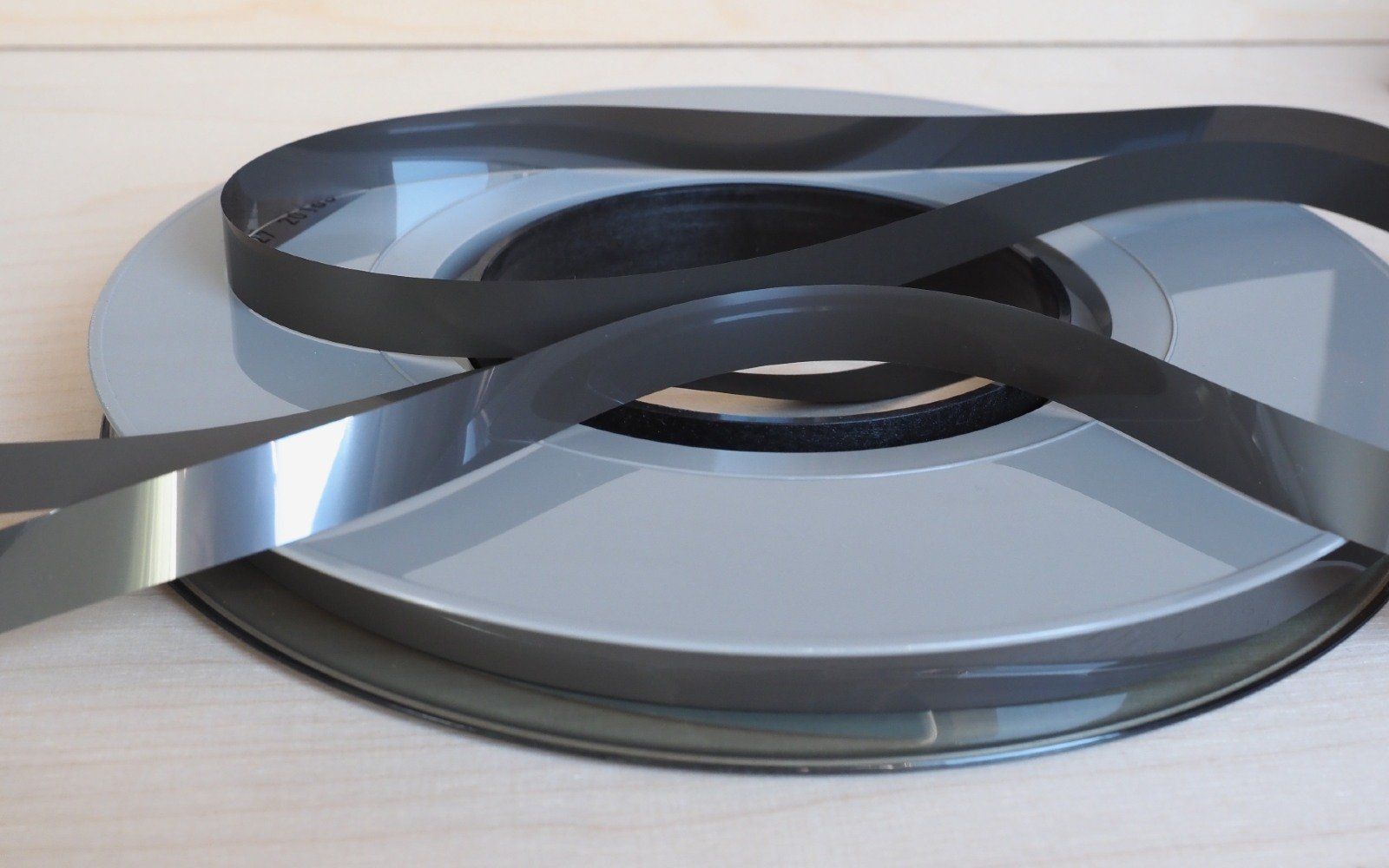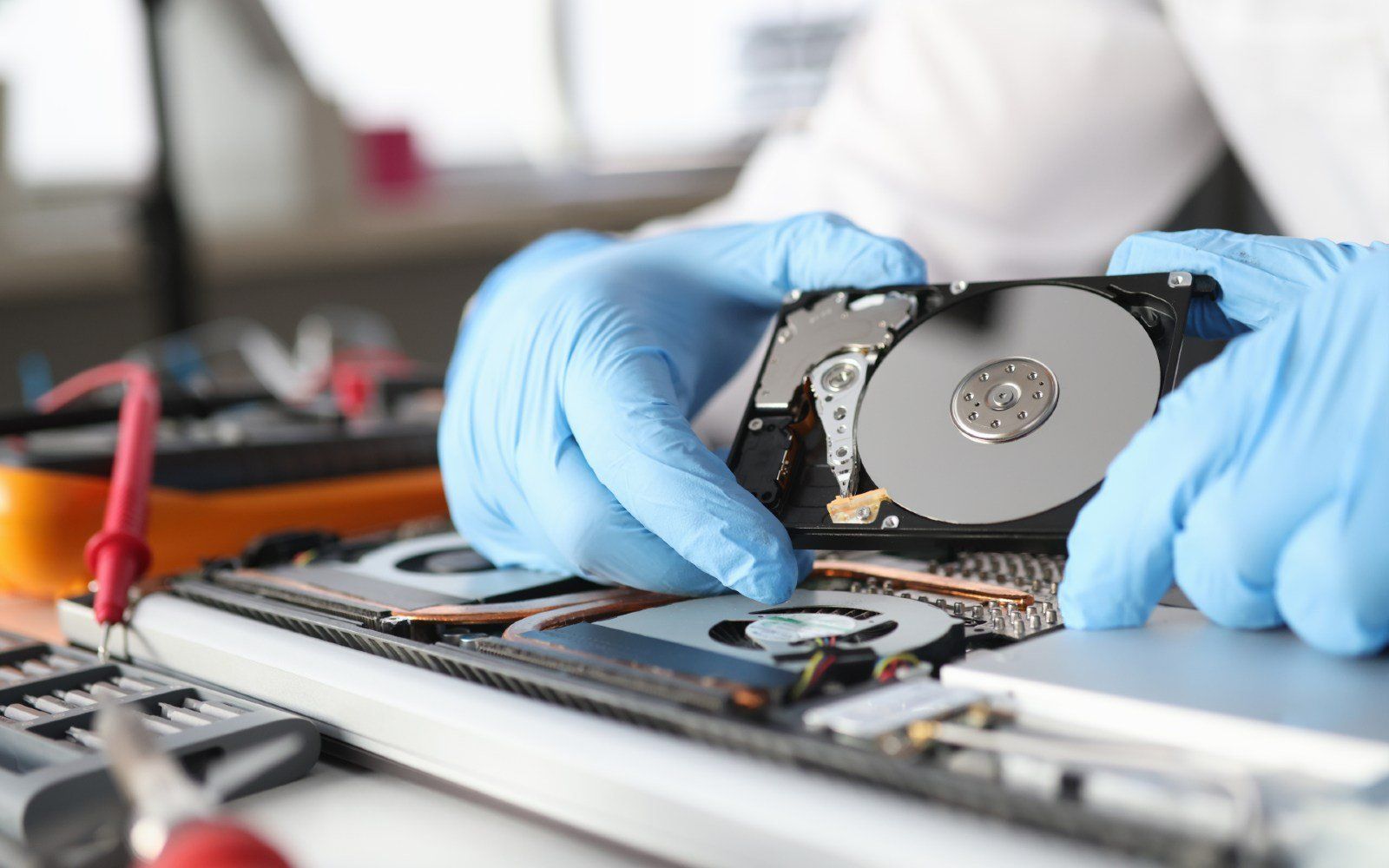Introduction to Electronic Recycling
Even with the modernized society, the problem regarding waste management is still unsolved. New ways are being developed to improve how we manage our garbage. But, aside from new measures, this modernized society also gave birth to new types of wastes. Before, biodegradable and non-biodegradable wastes are commonly divided into food, plastic, paper and other debris from a typical day.
Now, there is a new category we call e-waste. These are electronic wastes from electronic devices that need to be disposed of properly. It may contribute to pollution if users are not informed about how to handle these wastes. There are hazardous toxins, chemicals and materials that made up an electronic device. Thus, it is essential that we know what e-wastes are and how electronic recycling can be done.
What is e-waste?
E-wastes, also called e-scraps, are items from computers, televisions, mobile phones and other electronic devices that are already considered garbage. These can also include hardware from computers like hard drives and monitors which are due for computer disposal. According to recent statistics, only 20% of the total number of e-wastes are being recycled. The rest of the 80% are negative contributors to pollution as they end up in the landfill. Since a lot of cheap devices are circulating now, no wonder there are e-wastes all over the world in just a short time.
Today, e-waste is the fastest-growing type of waste globally. This fact makes sense since no place on Earth does not use an electronic device. The more electronic gadgets that people purchase, the more e-waste is created since it only lasts for a couple of years before it is considered trash.
What is electronic recycling?
Many valuable components comprise an electronic device. Different types of metal and materials can be recovered from them. With over 500 million unused cell phones in people’s homes, no wonder electronic recycling became a thing. Many companies are starting their electronic recycling company since many people are still unsure of what to do with their old devices. Instead of storing them for years at their houses, they now have an option to recycle them.
Electronic recycling is a tedious process since there are several varying components in a device. There are metals, glasses and plastics that each have different ways or recycling. Also, different types of devices have different types of technologies to be applied to be recycled. Although complicated, recycling all of them is not impossible. Here is a general step-by-step- process on recycling electronics:
Gathering and transporting
The first step to recycling electronic devices is to gather and collect them first. There will be no recycling that will take place if there is nothing to reclaim. Recyclers from a company or facility can put up a booth where people can drop by and leave their old devices. Recycling bins may also be placed in a location where it will be noticed by people. If no one seems to be minding the containers, recyclers may inform them through posters or social media posts. Through this, people will become aware of the electronic recycling project. Once the bins are full, or the booth already collected the desired amount, the devices will be delivered to the facility where the electronic recycling will take place.
The 3-S Process
The 3 S stands for the next several steps of electronic recycling: Shredding, Sorting and Separation. These steps are combined since it happens simultaneously in the process. After the devices are transported, they will be put in the e-waste stream. In here, the materials of each device will be separated carefully. The goal of this recycling process is to gather materials to make new devices. If the machines will not be shredded and divided carefully, the number of raw materials decreases.
Shredding is the most vital part of the process. This step is almost the same as shredding a paper. Shredding in electronic recycling means breaking the devices into small pieces, as little as 100mm. If done meticulously, many materials will be saved.
Once the devices are shredded, sorting begins. First, metals are sorted from other materials by magnets. After iron and steel are separated from the waste stream, they are now ready to be labelled as recycled steel. The next step to sorting is putting the stream in a water separation technology. Through this, plastic is separated from glass—lastly, another careful inspection of metal remnants from the pile of plastics from the waste stream.
Sales Ready
The last step to electronic recycling is preparation for selling. The sorted materials will be sold as usable raw materials to produce new electronic devices. Once the recyclers are sure that all materials are purified and free of hazardous toxins, then they are now ready to be sold. Mostly, they are sold to electronic manufacturing companies. These companies are more than willing to purchase recycled materials to create new devices for their brand.
Why is electronic recycling important?
There are many reasons why recycling electronic devices is essential nowadays, which can range from accumulation of e-waste in the environment to data security.
Listed below are some of the reasons why electronic recycling is vital:
Rich Source of Raw Materials
One electronic device is composed of many precious materials that are not cheap. Natural materials like copper, tin, iron, aluminum, fossil fuels, titanium, gold, and silver can be found in just one device. Imagine having a bin full of electronic devices. It is a guaranteed source of these materials. Recycling electronic devices is a chance to acquire these materials which you can earn from. According to Apple, they have collected a total of 2, 204 pounds of gold from recycled iPhones, Macs and iPads. When converted to money, Apple garnered a total of $40 million from old devices that people neglect after losing electronic purpose.
Proper Disposal of Toxic Materials
Electronic devices are not manufactured with “good” material alone. There are also hazardous materials that were used to create a device. Some of these toxic materials are lead, mercury, cadmium and chromium. These materials are not safe to be disposed of in the landfill. Our Earth is not yet done with battling from pollution. Disposing of these chemicals elsewhere will not make things better. With electronic recycling, proper processing is done, so none of these chemicals will set foot on the environment. Through this, not only is the environment safe but also the people living near landfills. Some of these materials are flammable and are not safe around residential areas.
Solid Waste Management
The lack of knowledge about e-waste and electronic recycling pushed people to dump their devices like other kinds of garbage. Consequently, solid wastes are increasing, and management is not getting better. Since many devices are now cheap, they also have a shorter lifespan. A shorter lifespan is equivalent to manufacturing more devices each day. Thus, leading to more wastes each and every day that a new device is purchased. With electronic recycling, there is no need to dispose of devices and contribute to solid wastes. The recycled materials will then be used to create new devices. Through this, new devices are manufactured without increasing the number of new e-wastes.
Reduces Greenhouse Gas
A considerable amount of greenhouse gases is released to the atmosphere every time a new device is manufactured. Producing new materials and devices also produces greenhouse gases. If devices are recycled, then no more greenhouse gas can harm the Earth.
Data Security
Most devices that are thrown away are not entirely “dead”. Some are just outdated and can be restored. Devices like this may lead to stealing the identity of owners. If you are not sure that your device is “dead”, better bring the device to a recycler than throw it in the can. Some data destruction processes can range from safe hard drive degaussing to hard drive shredding in protecting your data. Through this, your personal information stays secure plus your device will not be contributing to pollution.
Saves Landfill Space
One of the problems that arise from the problem of waste management is the lack of landfill spaces for more garbage. Since humans are continuously producing wastes with each passing day, it’s a struggle to find more landfills for these wastes. Also, e-wastes are now increasing with a total of 60 million metric tons of it globally. Plastic alone takes many years to decompose. A single device is not only composed of plastic. Imagine how long it will take for a single device to decompose by itself in the landfill. But, with electronic recycling, devices need not take space from the landfills. They will be recycled and put to better use.
More Jobs
Since electronic recycling is a new industry, new jobs are also created. Recyclers are hired for recycling plants to operate. Not only are these jobs helping people to have an income, but it also helps the environment by making sure a lot of e-waste are recycled each day. As more and more employees are hired to recycle devices, more and more tools are being repurposed. This situation is hitting two birds with one stone.
Electronic Recycling With Abtron!
Electronic recycling is a new concept for the average person. It is a beneficial but a tedious process. If you are not well informed about it, better to leave it to the hands of knowledgeable recyclers. There are many companies you will find online that can help you with recycling your old devices, and one of them is Abtron. At Abtron, we ensure that your old electronics are correctly taken care of with our smart electronic waste management solutions. You can rest assured that your IT assets are disposed of with utmost care and data security. Check out our website for more details.


